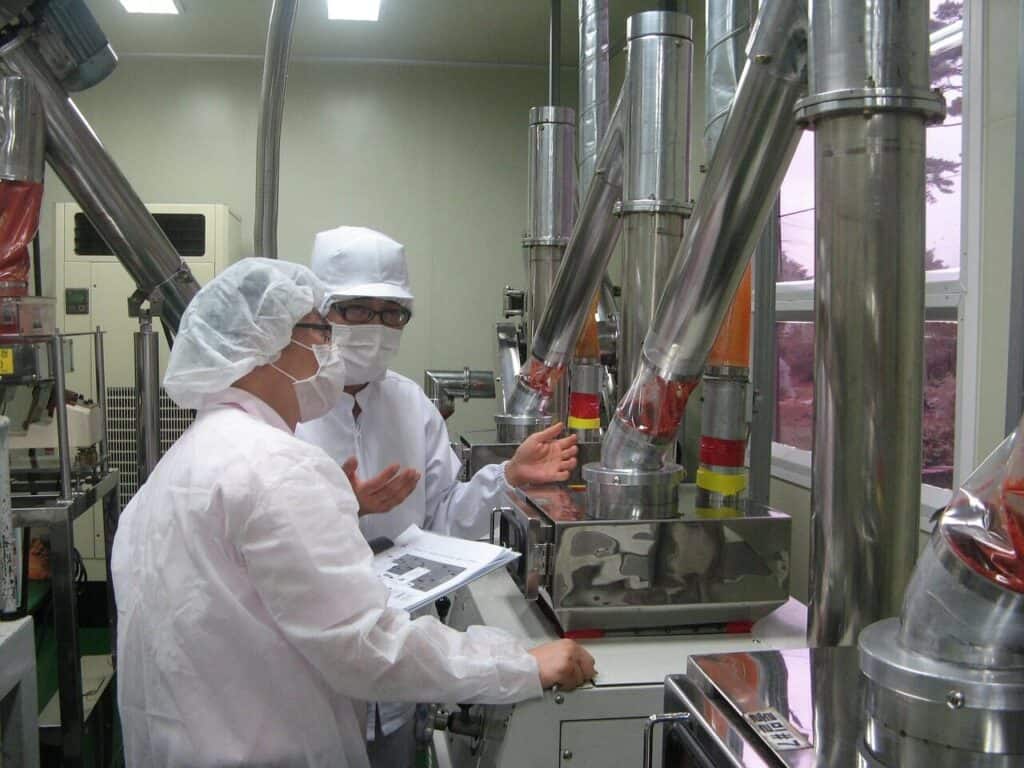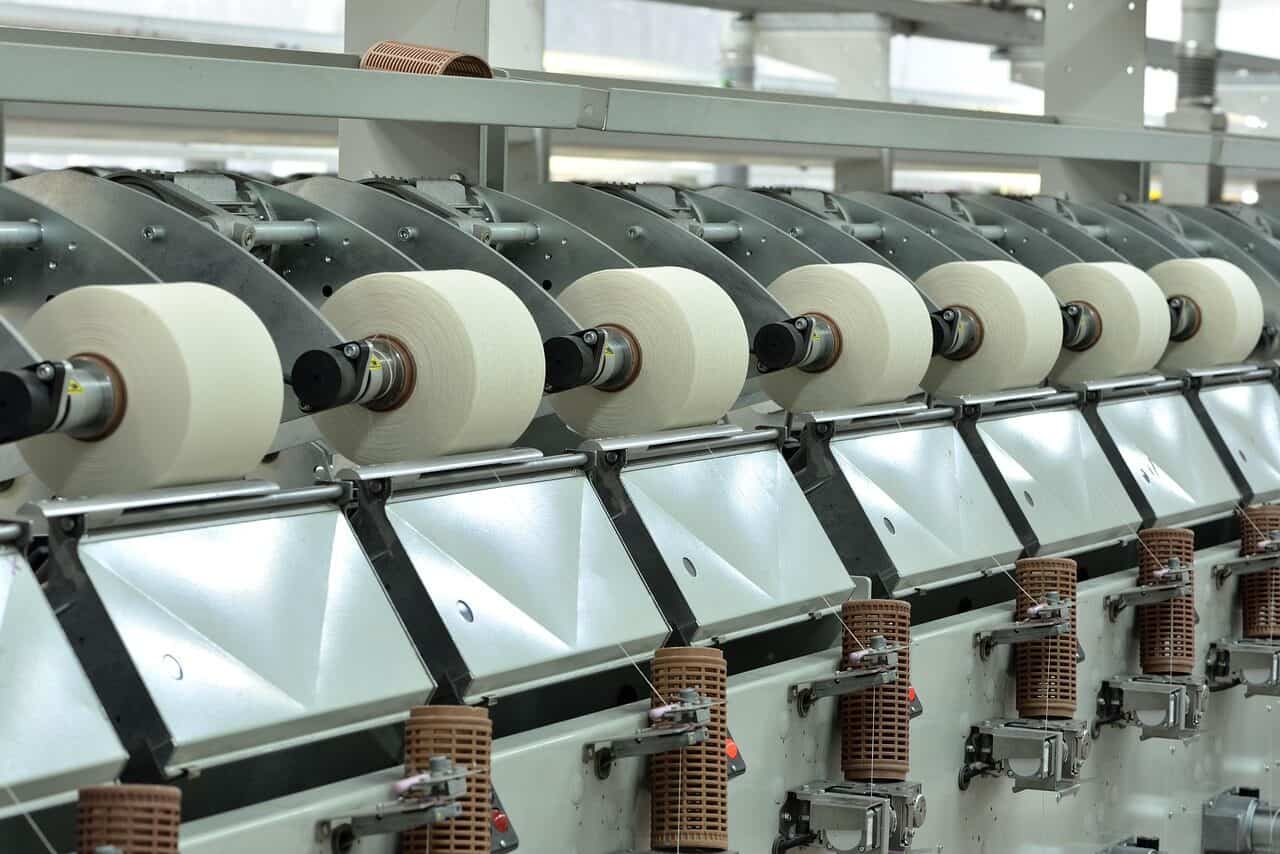التعمق التقني في فحص المكونات: المبادئ والأساليب والتنفيذ
الركائز الأساسية للفحص
- الامتثال التنظيمي: تتطلب الهيئات التنظيمية العالمية ضوابط صارمة على المواد الخام. يتطلب قانون تحديث سلامة الغذاء الصادر عن إدارة الغذاء والدواء الأمريكية (FSMA) من المستوردين القيام بأنشطة التحقق من الموردين الأجانب على أساس المخاطر. وينص بند محدد، وهو قاعدة برامج التحقق من الموردين الأجانب (FSVP)، بوضوح على أنه يجب على المستوردين التحقق من أن مورديهم الأجانب ينتجون أغذية توفر نفس المستوى من حماية الصحة العامة المطلوب من المنتجين المحليين. وتوجد متطلبات مماثلة في إطار الهيئة الأوروبية لسلامة الأغذية (EFSA) وغيرها من الوكالات الدولية.
- المستهلك السلامة & الصحة العامة: إن أهم وظيفة لفحص المكونات هي منع الضرر. وهذا يعني الكشف عن البكتيريا الضارة مثل السالمونيلا أو *الإشريكية القولونية*، والمواد المسببة للحساسية غير المعلنة التي يمكن أن تكون مهددة للحياة، والملوثات الكيميائية مثل المعادن الثقيلة أو المبيدات الحشرية أو المنتجات الثانوية الصناعية.
- جودة المنتج و الاتساق: بالإضافة إلى السلامة، يضمن الفحص أداء المنتج. يمكن أن تؤثر التغييرات في تركيز المركب النشط للمواد الخام أو حجم الجسيمات أو محتوى الرطوبة بشكل كبير على فعالية المنتج النهائي وطعمه وقوامه ومدة صلاحيته. المدخلات المتسقة ضرورية للحصول على مخرجات متسقة.
- الحماية الاقتصادية وحماية العلامة التجارية: يمكن أن يؤدي فشل واحد في الجودة إلى عواقب مالية مدمرة. إن التكاليف المباشرة لسحب المنتج ضخمة، ولكن الضرر طويل الأجل الذي يلحق بسمعة العلامة التجارية وثقة المستهلك يمكن أن يكون أسوأ من ذلك. يعد فحص المكونات أيضًا دفاعًا أساسيًا ضد الاحتيال الاقتصادي، حيث يتم استبدال أو تخفيف مكون ثمين بمادة أرخص بشكل غير شريف.
تفاصيل المنهجيات الأساسية
الطرق الطيفية
طرق الكروماتوغرافيا
التقنيات الرئيسية الأخرى
الطريقة | المبدأ الأساسي | ابتدائي حالة الاستخدام في فحص المكونات | السرعة | الخصوصية | التكلفة النموذجية |
FTIR | يقيس امتصاص ضوء الأشعة تحت الحمراء بواسطة الروابط الجزيئية، مما يخلق "بصمة" فريدة من نوعها. | التحقق السريع من هوية المواد المعروفة (على سبيل المثال، التأكد من أن اللاكتوز هو اللاكتوز). | سريع جدًا (أقل من 1 دقيقة) | متوسط-عالي | منخفضة-متوسطة |
HPLC | الفصل المادي للمكونات في تيار سائل متبوعًا بالكشف. | تحديد كمية المكونات النشطة والمواد الحافظة والسكريات وبعض الملوثات. | معتدل (20-60 دقيقة) | عالية | متوسط-عالي |
GC-MS | فصل المركبات المتطايرة متبوعًا بتحديدها بالكتلة. | "المعيار الذهبي" للكشف عن المبيدات الحشرية والمذيبات المتبقية والمواد المغشوشة في النكهة. | بطيء (> 60 دقيقة) | عالية جداً | عالية |
NIR | يقيس امتصاص ضوء الأشعة تحت الحمراء القريبة، ويرتبط بالتركيب الكيميائي السائب. | القياس السريع للرطوبة والدهون والبروتين في المواد الخام مثل الحبوب والمساحيق. | سريع جدًا (أقل من 1 دقيقة) | منخفضة-متوسطة | متوسط |
تفاعل البوليميراز المتسلسل | تضخيم تسلسلات محددة من الحمض النووي. | الكشف عن وجود مسببات أمراض ميكروبية محددة (*السالمونيلا*، *الليستيريا*). | سريع (2-4 ساعات) | عالية جداً | متوسط |
تصميم برنامج قائم على المخاطر
الخطوة 1: تقييم المخاطر
المكوّنات | الخطر (الأخطار) المحتملة | المصدر (تعقيد سلسلة التوريد) | الاحتمالية (1-5) | الخطورة (1-5) | درجة المخاطرة (L × S) | إجراء الفحص المطلوب |
مثال: مسحوق الحليب المجفف | الميلامين، السالمونيلا | مصادر عالمية متعددة | 4 | 5 (السلامة) | 20 | اختبار دقيق كامل + اختبار GC-MS للميلامين على كل دفعة. |
مثال على ذلك: الستريك حمض | درجة غير صحيحة، معادن ثقيلة | مصنع واحد مؤهل واحد. | 2 | 3 (الجودة) | 6 | فحص الهوية باستخدام تقنية FTIR على كل دفعة؛ واختبار المعادن الثقيلة كل ثلاثة أشهر. |
مثال على ذلك: الملح | إنسولوبليس | محلي، مصدر منجمي محلي | 1 | 2 (الجودة) | 2 | الفحص البصري؛ مراجعة شهادة التحليل. |
الخطوة 2: تحديد المواصفات
المعلمة | المواصفات / الحد | طريقة الاختبار |
تحديد الهوية | تطابق إيجابي مع المعيار المرجعي | FTIR |
المظهر | مسحوق أخضر ناعم ومتجانس | مرئي |
الفحص (المنثول) | NLT 1.2% | HPLC أو GC-MS |
الرطوبة | NMT 8.0% | الفاقد عند التجفيف/كارل فيشر |
إجمالي الرماد | NMT 12.0% | USP |
إجمالي عدد اللوحات | < أقل من 100,000 وحدة كروفو/غرام | USP |
السالمونيلا السالمونيلا | سالب في 25 جم | PCR أو USP |
الخطوة 3: إدارة الموردين
دراسة حالة: توثيق النباتات المصادقة
- مجموعة العينات: يتم أخذ عينة صغيرة من المسحوق أو المستخلص النباتي الخام من الكمية الواردة.
- استخراج الحمض النووي وتضخيمه: يتم عزل الحمض النووي كيميائياً من المادة النباتية. ثم يتم تضخيم منطقة "الباركود" المحددة بملايين المرات باستخدام تفاعل البوليميراز المتسلسل.
- التسلسل والمقارنة: يتم "قراءة" تسلسل الحمض النووي المضخم بواسطة جهاز التسلسل الجيني. ثم يُقارن هذا التسلسل بعد ذلك بقاعدة بيانات مرجعية موثقة ومنسقة، مثل نظام بيانات الباركود الحياتي (BOLD).
- النتيجة: تُرجع المقارنة "تطابق" أو "عدم تطابق" واضح للأنواع المتوقعة.
مستقبل الفحص
- قابلية النقل والتصغير: وهناك اتجاه رئيسي يتمثل في تطوير الأجهزة التحليلية المحمولة باليد. تسمح الآن أجهزة قياس طيف الأشعة تحت الحمراء المحمولة ومطياف Raman بإجراء فحص سريع بجودة المختبر مباشرةً على رصيف الاستلام أو في المستودع. وهذا يقلل بشكل كبير من الوقت المستغرق، مما يتيح اتخاذ قرارات فورية بشأن الكميات الواردة دون تأخير إرسال العينات إلى مختبر مركزي.
- الذكاء الاصطناعي (AI) والتعلم الآلي: يستعد الذكاء الاصطناعي لإحداث ثورة في كيفية تفسيرنا للبيانات التحليلية. يمكن تدريب خوارزميات التعلّم الآلي على مجموعات بيانات ضخمة من تقنيات مثل التحليل الطيفي أو التحليل اللوني. ويمكنها أن تتعلم التعرف على الأنماط الدقيقة والمعقدة المرتبطة بأصل المادة أو طريقة معالجتها أو حتى الغش منخفض المستوى الذي قد يكون غير مرئي للعين البشرية، مما يخلق نماذج مصادقة أكثر قوة وحساسية.
- الفحص غير المستهدف: تقليديًا، كان الفحص "مستهدفًا"، بمعنى أننا نختبر وجود قائمة معروفة من المركبات أو الملوثات. ويتحول المستقبل نحو الفحص "غير المستهدف". وباستخدام أدوات قوية مثل قياس الطيف الكتلي عالي الدقة، يمكن للمحللين إنشاء ملف تعريف كيميائي كامل لمكون "قياسي ذهبي". ويمكن بعد ذلك فحص الكميات الواردة بحثًا عن أي الاختلافات الكيميائية عن هذا المعيار، مما يسمح باكتشاف المواد المغشوشة الجديدة أو غير المتوقعة أو غير المعروفة سابقًا.
- البلوك تشين لتتبع سلسلة التوريد: على الرغم من أن تقنية سلسلة الكتل ليست تقنية تحليلية مباشرة، إلا أنها تقدم نموذجًا جديدًا لسلامة البيانات. ويمكن استخدامها لإنشاء دفتر أستاذ رقمي آمن وغير قابل للتغيير وشفاف يتتبع رحلة المكون من المزرعة إلى المصنع. ويمكن ربط بيانات الفحص وشهادات التحليل وسجلات العهدة في كل خطوة، مما يوفر مستوى غير مسبوق من الثقة وإمكانية التتبع من البداية إلى النهاية في جميع مراحل سلسلة التوريد.
الخاتمة
في نهاية المطاف، يعد الفحص الفعال للمكونات هو الأساس الذي تُبنى عليه المنتجات المتسقة والآمنة والمبتكرة. إنها الخطوة الأولى والأكثر أهمية في الوفاء بالوعد الذي قُدم للمستهلك.
قانون تحديث سلامة الأغذية (FSMA) | إدارة الغذاء والدواء الأمريكية https://www.fda.gov/food/guidance-regulation-food-and-dietary-supplements/food-safety-modernization-act-fsma
القاعدة النهائية لإدارة الغذاء والدواء الأمريكية بشأن متطلبات سجلات التتبع الإضافية لبعض الأطعمة | إدارة الغذاء والدواء الأمريكية https://www.fda.gov/food/food-safety-modernization-act-fsma/fsma-final-rule-requirements-additional-traceability-records-certain-foods
القاعدة النهائية لضوابط الرقابة الوقائية للأغذية البشرية | إدارة الغذاء والدواء الأمريكية https://www.fda.gov/food/food-safety-modernization-act-fsma/fsma-final-rule-preventive-controls-human-food
الكروماتوغرافيا اللونية الغازية - مطياف الكتلة - ويكيبيديا https://en.wikipedia.org/wiki/Gas_chromatography-mass_spectrometry
الكروماتوغرافيا السائلة - مطياف الكتلة اللوني السائل - ويكيبيديا https://en.wikipedia.org/wiki/Liquid_chromatography-mass_spectrometry
معلومات قياس طيف الكتلة اللوني الغازي (GC-MS) | ثيرمو فيشر العلمية https://www.thermofisher.com/us/en/home/industrial/mass-spectrometry/mass-spectrometry-learning-center/gas-chromatography-mass-spectrometry-gc-ms-information.html
التحليل الطيفي بالأشعة تحت الحمراء بالأشعة تحت الحمراء لتحديد المواد الخام في صناعة الأدوية | ثيرمو فيشر ساينتيفيك https://www.thermofisher.com/us/en/home/industrial/spectroscopy-elemental-isotope-analysis/portable-analysis-material-id/portable-pharmaceutical-qa-qc-manufacturing-solutions/nir-spectroscopy-raw-material-identification-pharmaceutical-drug-manufacturing-faqs.html
تحديد المواد الخام الصيدلانية باستخدام التحليل الطيفي المصغر بالأشعة تحت الحمراء القريبة من الأشعة تحت الحمراء - PMC https://www.ncbi.nlm.nih.gov/pmc/articles/PMC4871175/
التحليل الطيفي بالأشعة تحت الحمراء القريبة من الأشعة تحت الحمراء كأداة تحليلية للعمليات | التكنولوجيا الصيدلانية https://www.pharmtech.com/view/near-infrared-spectroscopy-process-analytical-tool-0
مراقبة جودة المواد الخام المعبأة في صناعة الأدوية - ScienceDirect https://www.sciencedirect.com/science/article/abs/pii/S0003267008014529







